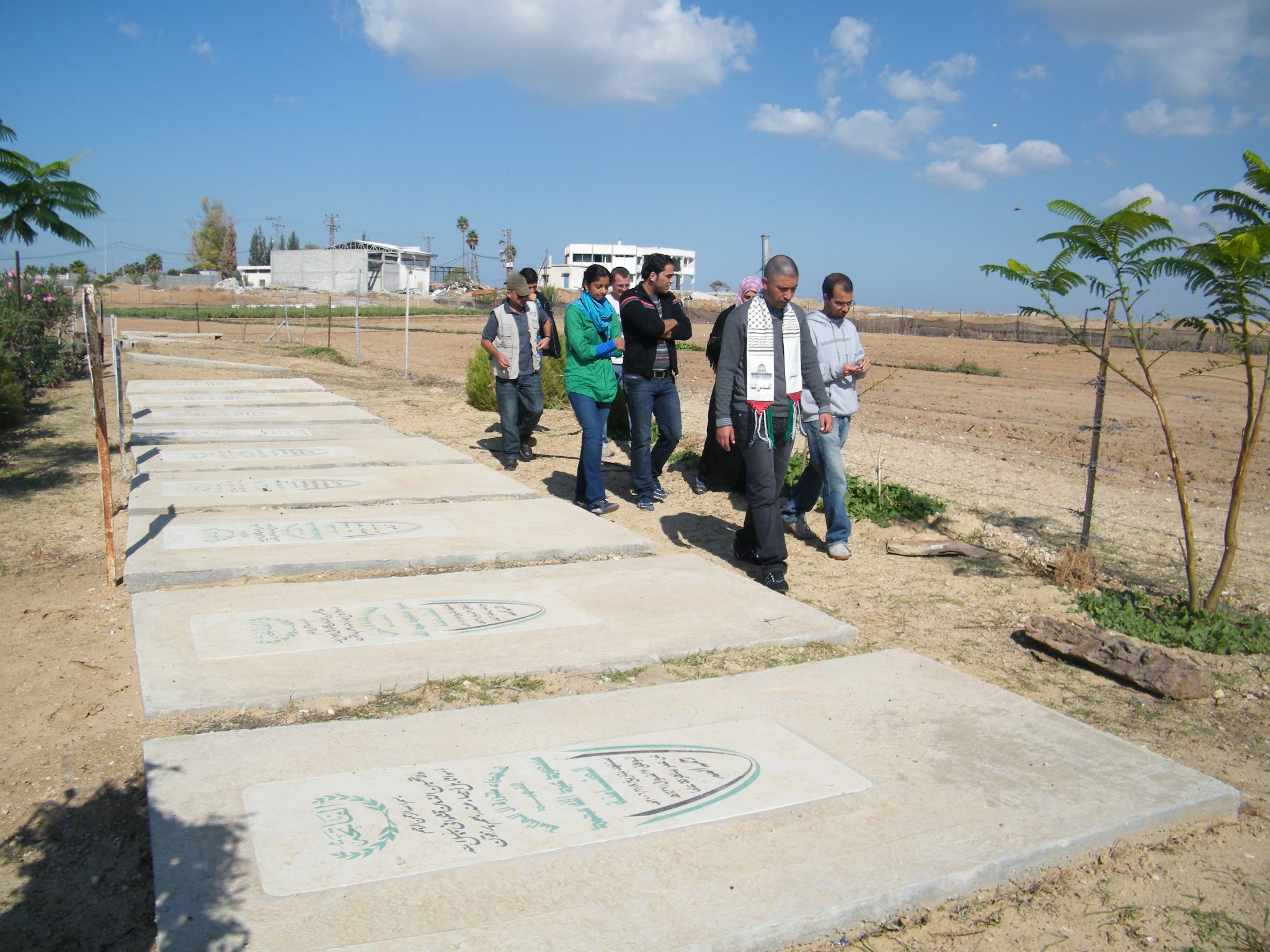Tag: Beit Hanoun
-
Independence Day in the Buffer Zone
by Nathan Stuckey 16 November 2011 | International Solidarity Movement, Gaza Twenty three years ago today the Palestinian declaration of independence was released. Written by Mahmoud Darwish, and unveiled to the world by Yasser Arafat in Algiers where he was living in exile like millions of other Palestinians. Today, in Beit Hanoun, we, the Local…
-
Meanwhile in Gaza
by Radhika S. 15 November 2011 | Notes from Behind the Blockade I awoke today with the news that the NYPD was clearing out Occupy Wall Street and that Israeli tanks were shelling “northern Gaza.” In the West Bank, Palestinian Freedom Riders, inspired by the US freedom riders of the 1960s, were getting ready to board segregated…
-
Remembrance in Beit Hanoun
by Nathan Stuckey 9 November 2011 | International Solidarity Movement, Gaza It is Tuesday, the third day of Eid, the Eid of the Sacrifice. We, the Beit Hanoun Local Initiative and the International Solidarity Movement, have gathered near the bombed remains of the Beit Hanoun Agricultural College like we do every Tuesday in preparation for…



